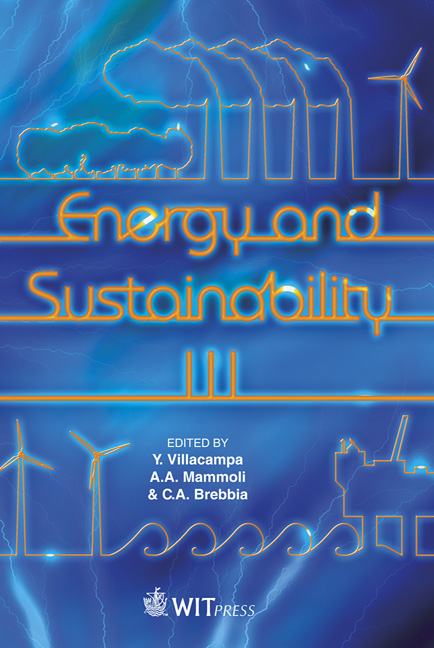Investigating The Impact Of Track Gradients On Traction Energy Efficiency In Freight Transportation By Railway
Price
Free (open access)
Transaction
Volume
143
Pages
12
Page Range
461 - 472
Published
2011
Size
528 kb
Paper DOI
10.2495/ESUS110391
Copyright
WIT Press
Author(s)
G. Bureika & G. Vaičiūnas
Abstract
Energy recovery is an effective method of energy saving which can be used for traction in freight transportation by railway. In this area, energy recovery is a process of converting the kinetic energy of a moving train in electricity, which is transferred to another energy consumer (another train using the traction energy) through a catenary. Energy recovery can be effectively used for carrying various raw materials (e.g. timber, oil, etc.) to seaports by railway. The loaded wagons which are much heavier than unloaded wagons carry goods \“down” to the seaports, while empty trains return (i.e. go ‘upward’) to the continent. The seaports are only several meters above the sea level, while the places of freight dispatching can be hundreds of meters, or even kilometres, above the sea level. The asymmetry of freight flows (when the freight flow directed \“downwards” is several times heavier than ‘upward’ freight flow) may be effectively used for energy recovery. The research performed shows that, given an appropriate combination of the asymmetry of the freight flows in opposite directions and particular track gradient, the potential energy of freight trains may be used for freight transportation by applying energy recovery techniques. This allows the authors to make an assumption that this could serve a theoretical basis for making feasible one-way freight transportation by using only the recovered energy of the train. On the other hand, taking into account the rolling resistance of the train, there should be some limiting values of the ratio of the freight flows in the opposite directions, and the track gradient should not have small values (e.g. track gradient or the ratio of freight flows should not be too low). If that is the case, the inertial freight transportation is not possible, and an external energy source sufficient to overcome the rolling resistance of the train is required.
Keywords
locomotive traction, freight transportation, track gradient, track curve, freight flow asymmetry coefficient, energy recovery ratio





